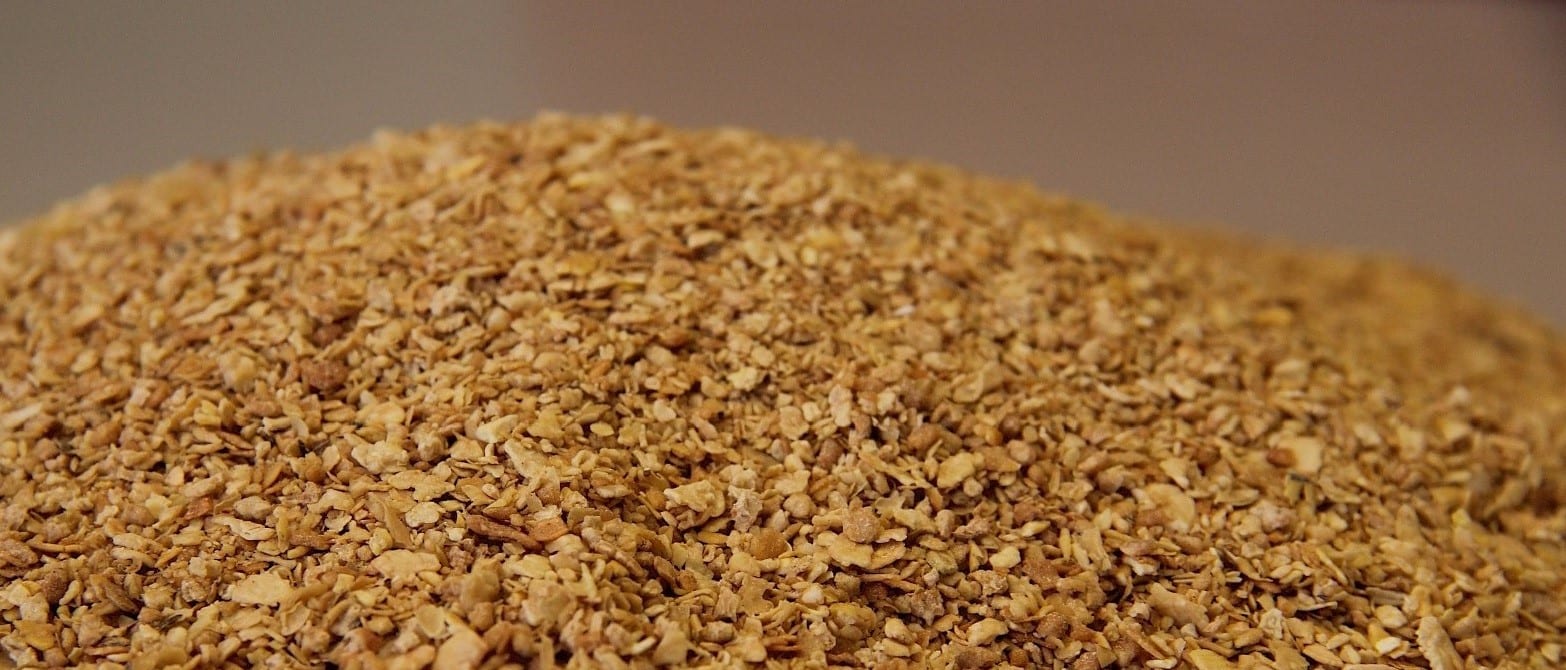Amino Acid Analysis by NIR Allows Spanish Customers to Realize Soybean Meal Value in Real Time
- Category:
- Animal Utilization

By: Lola Herrera
Over the past ten months, the U.S. Soybean Export Council (USSEC) has been working on a project related to amino acid analysis by near infrared (NIR) in real time, defined by the moment a truck delivers soybean meal to the feed plant. USSEC is collaborating with EVONIK, the Madrid Polytechnical University team, and 10 soybean customers in Spain who represent the country’s soybean crushing industry as well as main feed and meat producers.
The project has two objectives:
During this process, the USSEC team has participated in technical meetings with companies’ nutritionists and quality analysis and purchasing staff to analyze results and clarify customers’ questions about the project, results, use of the results, and the benefits of this tool.
This project has helped to demonstrate that the better you know a product – in this case, soybean meal – the better you can differentiate origins. U.S. soybean meal shows an advantage over meal of other origins, which not only provides customers with information to share with others regarding U.S. soy, but also helps them to realize actual savings through soybean meal origin differentiation.
Josep Ribo, operational director for Corporacion Agropecuaria Guissona, says that his company’s participation in the project has been very helpful for his nutrition department. “[It is] always good for the business to know more about the product, because it permits them to take 100% of the profit of it,” he says.
Similarly, Cegeco, a purchasing company for Vall Companys, a main pork producer in Europe, reports that the analysis of amino acids by NRI is a very useful tool for their business.
USSEC’s next step will be to implement this tool in other European countries, involving main feed industries and crushers, with the expectation to expand this project to Italy and Portugal.
From soybean crushers to poultry and livestock producers, this program allows the soy value chain to discuss the same data and quality analysis, helping them to better appreciate the nutritional value of U.S. soy.
Spain is the second largest feed producer in the European Union. There are four soy crushing plants in the country with three belonging to Bunge and one to Cargill. Spain is importing soybeans from the U.S. and Brazil. In the most recent marketing year, Imports from the U.S. reached 1.19 million metric tons (MMT).
This story is sponsored by the United Soybean Board.